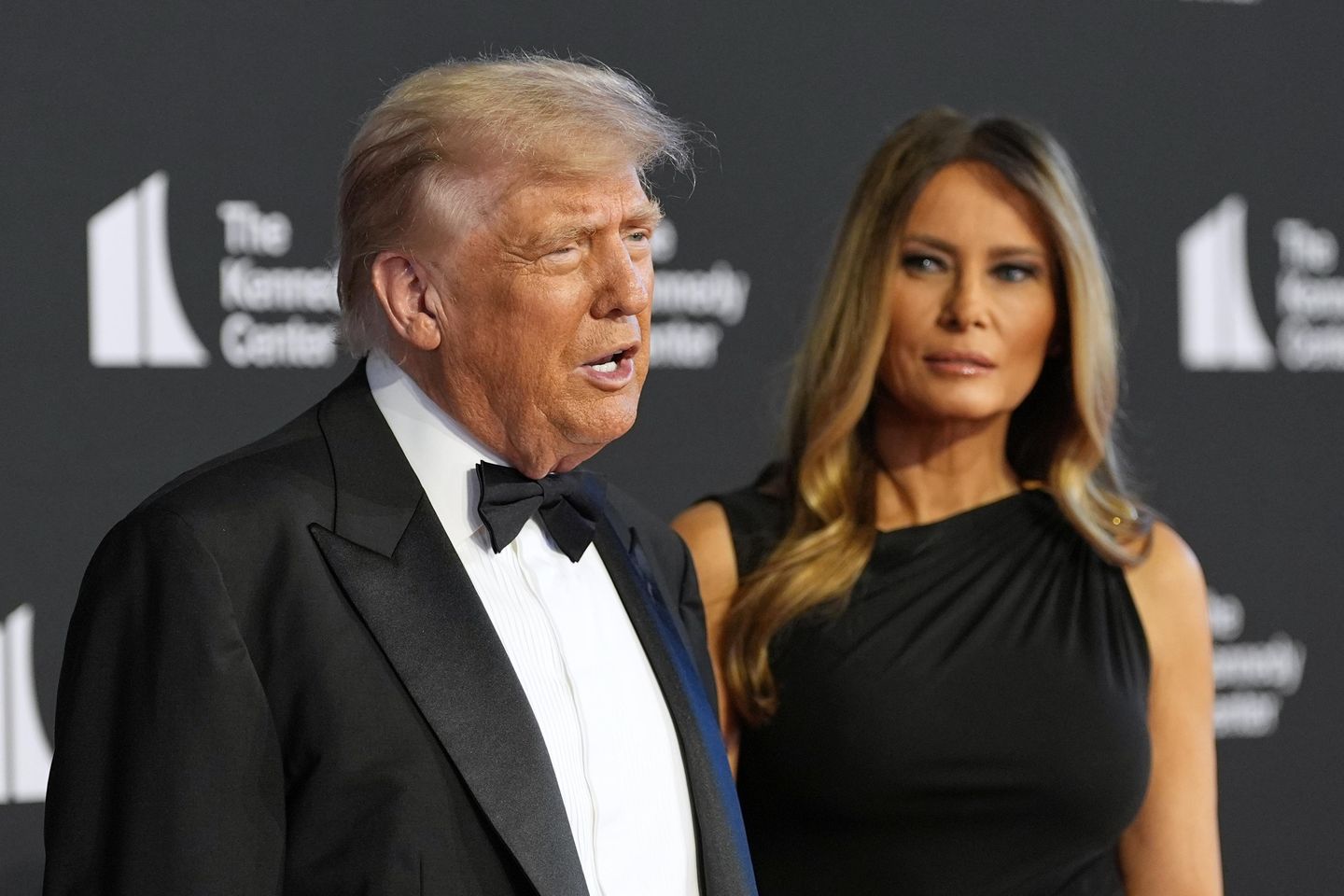
President Trump says he is ready to assign tariff amounts to countries that are unable to reach trade deals with the U.S. by a July deadline.
Mr. Trump said his team is negotiating with a number of countries but, at some point, he will send out a letter saying “this is the deal.”
“You can take it, or you can leave it. You don’t have to use it. You don’t have to shop in the United States,” Mr. Trump said, describing the message to trading partners. “So at a certain point, we’ll do that. We’re not quite ready. We’re dealing with quite a few countries, and they all want to make a deal with us, every one of them.”
Mr. Trump outlined his thinking late Wednesday during a visit to the John F. Kennedy Center for the Performing Arts in Washington.
Mr. Trump on April 2 imposed a blanket 10% tariff on all imports and heftier levies on countries that sell plenty of products to American consumers but don’t buy nearly as much from U.S. producers.
He paused the hefty reciprocal levies for 90 days to calm markets and allow space for talks.
So far, the U.S. has only inked a deal-in-principle with the U.K.
The Trump team also struck a deal in London this week to ease tensions between China and the U.S.
“We’re dealing with Japan, we’re dealing with South Korea. We’re dealing with a lot of them. We’re dealing with about 15 countries,” Mr. Trump said. “But as you know, we have about 150-plus, and you can’t do that. So we’re going to be sending letters out in about a week and a half, two weeks, to countries telling them what the deal is like I did with the EU.”
Mr. Trump was referring to his threat in late May to impose a 50% tariff on goods from the European bloc of 27 nations because negotiations were going nowhere.
He said the threat brought the EU to the table ahead of a July deadline, though the negotiations are expected to be tense.
Mr. Trump is trying to close trade deficits, or the gap between imports from other countries and what the U.S. sells to those countries.
The president says tariffs, which are taxes or duties on foreign goods brought into the U.S., will rebalance trade.
He also says tariffs will force companies to return to America or keep their operations in the U.S., employ American workers and create revenue to fund domestic programs.
Foreign countries don’t pay the tariffs directly to the U.S. Treasury. In many cases, U.S. companies will pay the levies, and they might pass on at least some of the cost to consumers through higher prices.
Walmart and other retailers have said they will be forced to raise prices if the tariffs stick around, and Wall Street markets are eagerly awaiting trade deals that reduce tariffs and other trade barriers.
Stocks opened in negative territory on Thursday, before recovering to about even, as Mr. Trump revived his threat to reimpose high tariffs.
Treasury Secretary Scott Bessent struck an upbeat tone in testimony before the Senate Finance Committee.
“Dozens of countries have engaged the administration thus far with offers to improve their trade relations with the United States,” Mr. Bessent said.
He also said a “rebalancing” of trade between the U.S. and China is possible after positive talks between the world’s largest economies in London.
“The China deal is great!” Mr. Trump wrote Thursday in capital letters on Truth Social.








